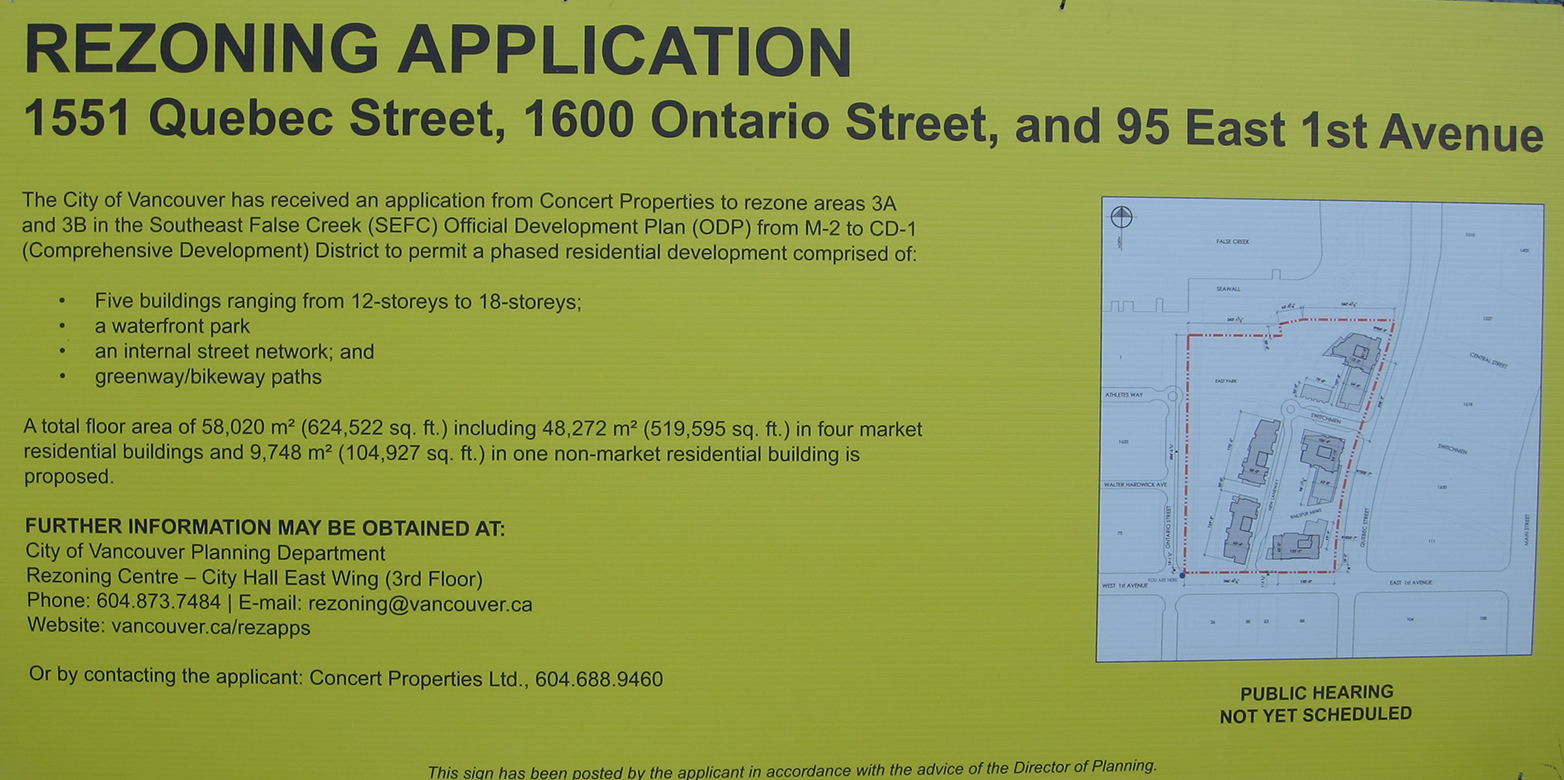Re-thinking Zones

Re-thinking zones: A comparative study of urban planning cultures
Urban development discourses have diagnosed a crisis in planning. Above all, the functional separation of living, working, and recreation - the basis of function - based zones and urban planning in modernity (e.g. Athens Charter) has been severely criticised for producing dysfunctions, such as urban sprawl, excessive land use and increasingly long commutes.
These considerations form the background of the proposed project on planning cultures in urban areas, which is located at the interface of urban sociology and science and technology studies (STS). It focuses on zoning as a major tool of land use planning and as a device that interplays together with urban development and participates in building a planning culture (Haar & Kayden 1989; Talen 2005). This analysis of urban planning viewed through the lens of zoning employs a hybrid approach which is based on the concepts of actor-network theory (ANT) (Latour 2005) and urban assemblages (Farías & Bender 2009). In this regard, zoning is conceptualized as a non-human actor in an ANT sense that frames and is being framed by a specific planning culture. In contrast to traditional planning literature,planning culture is not used as an over-arching term for diverse planning approaches. The term rather refers to an analytical concept which has been derived from comparative approaches of culture in STS such as epistemic culture (Knorr Cetina 1999) and political culture (Jasanoff 2005), to explore the categories issues, actors, arenas and practices of zone based urban planning.
The proposed project aims at analysing planning cultures in Amsterdam, Lisbon, Vienna, Vancouver and Zurich - all cities comparable in size and atmosphere. Both use zoning as an instrument, however, practiced with different operational, legal and political background. The proposed qualitative comparative study will employ a mix of methods comprising participant observation at urban planning authorities and qualitative interviews of planning experts and is based on the following hypotheses:
1. Zoning as a land use development tool is employed extensively in all five cities analysed; however, the planning culture of each city frames and is framed by the issues, actors, arenas and practices of zoning.
2. Despite similarities in the issues addressed and the arenas in which planning processes take place, all cities differ considerably in the actors involved and their practices, i.e, how zoning and urban planning are performed.
The empirical analysis of the planning cultures of the five cities will consider the following scopes of investigation:
1. Issues: thematically and content-related structures linked to zoning and urban planning
2. Actors involved in urban planning and zoning
3. Arenas: places, where urban planning and zoning processes take place
4. Practices of urban planning and zoning
By introducing a practical theory approach of analysing issues, actors, arenas and practices of planning and using an ANT-inspired hybrid-framed concept, i.e., planning cultures, the proposed project aims at overcoming the thus far neglected understanding in urban sociology of the city as a nonstable entity. Doing this, it contributes to transcending action theory’s and institution theory’s blind spots of framing cities, planning and zones as stable, and well-defined entities. By using a comparative, micro analytical approach, the project not only adds to ongoing discourses in STS and STS-framed urban and regional studies, but also offers a relatively new and not yet well established perspective in planning and urban studies. In addition, the relevance of the project lies in its potential that the findings may be directly implemented in urban planning. Due to its comparative approach, the project opens new perspectives on planning and its consequences - aspects that might be of high benefit to authorities, departments and individuals involved in planning in all five cities analysed.
2012 to 2016